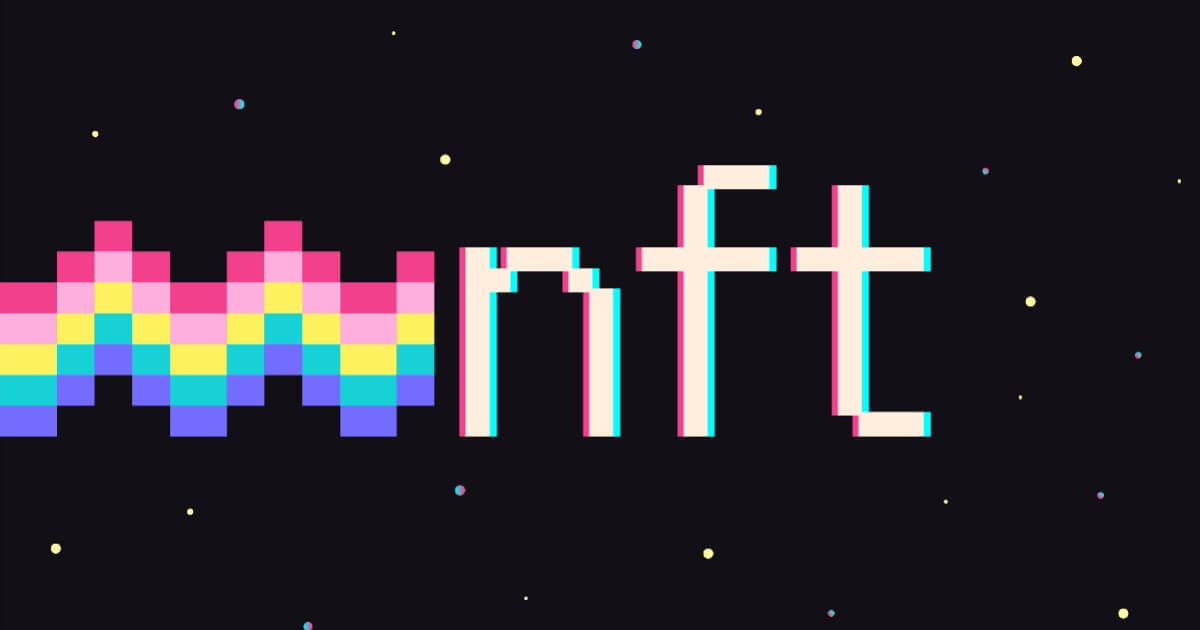
Recently, a 12-year old coder named Benyamin Ahmed made around $400,000 through pixelated whale art NFTs.
What started off as an art and coding project soon turned into a business that even Benyamin wouldn’t have imagined in a million years. In recent interviews, Benyamin said that he loves Minecraft, and this project was to make pixelated art that would be similar to the popular game. He did not expect people to start purchasing and trading his art in large quantities.
Benyamin says that his parents are thrilled at his early success, and he intends to continue making more pixelated art NFTs, not for the money but for his passion for coding and Minecraft themed art.
As a young coder yourself, or a parent to one, you might be wondering what NFTs are. How do they work? And how did a 12-year old earn almost half a million dollars with it? Here’s a basic rundown of what NFTs are, and how it’s affected the world so far.
What is a NFT?
NFT stands for non-fungible token and is widely considered to be the future of online transactions. To put it lightly, it can be seen as a digital form of art that is linked to a blockchain and traded for money. It’s like art collecting and trading, except purely digital. In fact, many people liken it to trading baseball cards.
How do NFTs work?
The key to how this works is fungibility. Basically, when we describe something as fungible, what we mean is that you can readily replace it with something equivalent and that’s fine for everyone concerned. Take a dollar bill, for example. We say it’s fungible because if someone rips up a dollar bill in your wallet, they can replace it with another dollar bill and you’re no worse or better off: both of those dollar bills spend the same.
Similarly, one share of Apple stock is worth the same as any other share of Apple stock. It doesn’t really matter which one you have, because from the perspective of being able to get value from it, number 346 is the same as number 4,134. One 1kg lump of pure gold is functionally the same as another 1kg lump of pure gold, if you’re using it as a store of value.
Fungible items are designed to be equivalent and interchangeable.
However, now imagine if that dollar had a sentimental value to you. Either it was a gift from your late grandparents, or a keepsake from your first job, the dollar bill you loved the most. If someone rips up that bill, then replacing it with another dollar just isn’t going to cut it. It’s no longer a fungible item.
So now imagine something like a book. You can have a fungible copy of a book, it is usually fungible because it is interchangeable. However, you can also have non-fungible copies of a book, for example, a first edition with a limited cover and a signed bookplate from the author. Once those are all sold, you’re out of luck if you want to get one. They’re just not making any more.
This has been a big selling point for physical media for decades, with collectors and people willing to pay extra for special edition items. This is why many art pieces sell for millions of dollars to collectors. They are not just paying for the painting, but the exclusive rights to its history. As it can be considered the only one in existence, the price must reflect it as so.
In Benyamin’s case, every whale art he created is unique to himself. That means for each piece of art, there is only one in the market. As Benyamin created hundreds of unique whales as part of his pixelated whale collection, investors started to buy pieces of his artwork.
How can a digital piece of art be the same rarity as old-timey paintings?
You might be wondering how this works with the shift towards electronic media, such as digital art and ebooks?
After all, the whole point of digital media is that, in theory, it’s infinitely reproducible. For example, my copy of an ebook is quite literally an identical copy of your copy, right down to the words and letters. You can’t really have a collector’s edition of an ebook, right? How do you have something special, given the technology that allows you to create an exact copy in the time it takes you to press Ctrl+V?
This is where blockchain technology comes in.
Remember how, with cryptocurrencies like BitCoin and Ethereum, the whole point is that you can use what’s basically a giant list to keep track of where the money is, and who owns what? You can use that same technology to ensure that you own a ‘limited edition’ version of a creative work that, because it’s digital, would otherwise be infinitely reproducible.
Just like the person with the limited-run edition of their favourite novel on their bookshelf, or an original painting by their favourite artist, you have a token that says (effectively) ‘I bought one of only 50 limited edition versions of this piece, and no matter how many times the piece itself is copied, there will only ever be 50 of these tokens. As a result, it is special.’
For some people, it’s for bragging rights. For some people, it’s to support their favourite creators by buying a ‘premium’ version that’s unique to them (or certainly more unique). For other people, it’s an investment; as with any good where only a limited number exist, they may expect it to increase in value over time, so it can be sold on.
In short, it’s a way of applying some of the limited edition value of physical objects to the digital marketplace by creating an artificial scarcity.
Is your child interested in coding and Minecraft? Learn more about programs at Engineering For Kids® by contacting your closest location!




